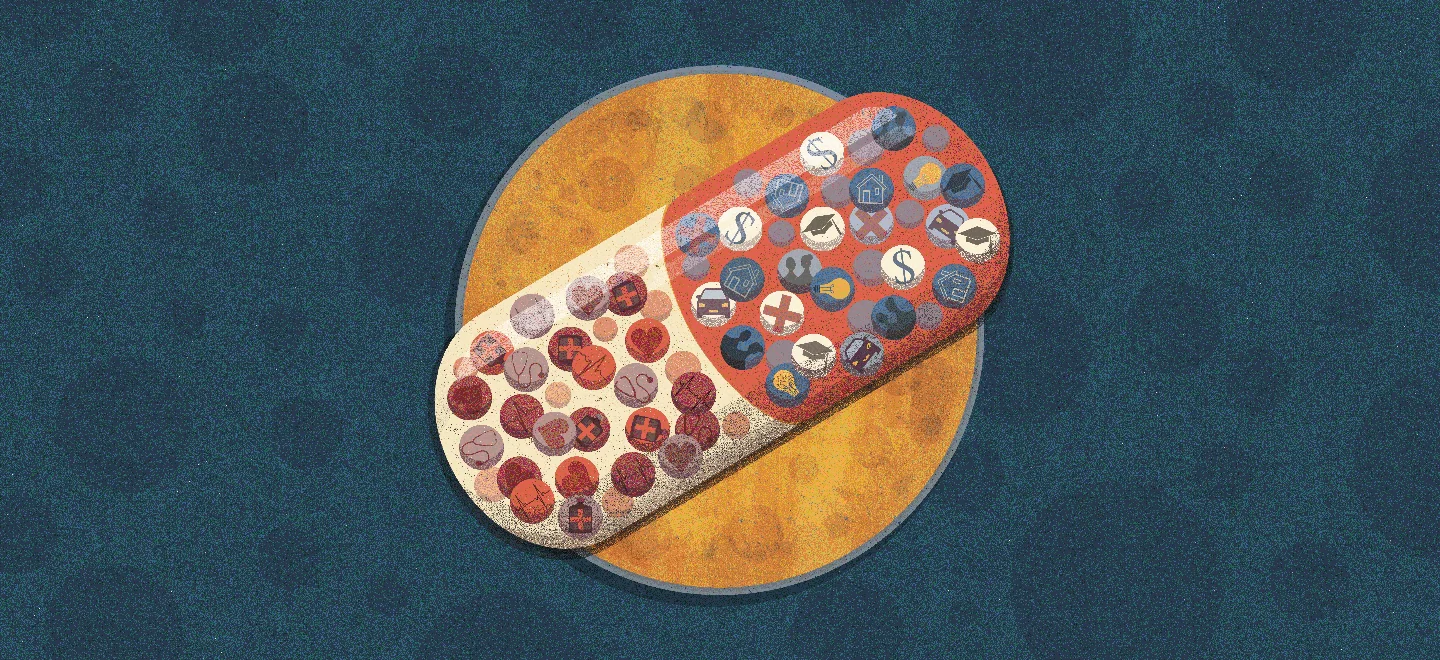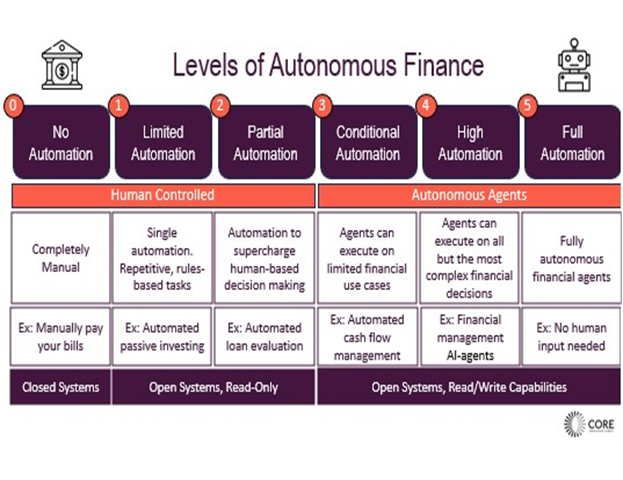Is Affirm ground zero of financial health? After all, they take pains to align with the interests of their merchants and their customers. Better yet, their largest merchant is Peloton, the scion of modern physical health. They make no revenue on late fees, they charge no interest and they’re rewarded with a 78 NPS from their fit and stress-free customers. In the coastal bubbles of professional alpha men and women (plus the 20% edge cases that Affirm’s algorithms approve and others reject), this does appear a virtuous alchemy.
Outside Affirm’s wondrous mashup of physical and financial health, how is the rest of the country doing (ignoring politics for a moment)? Just about every startup that crosses Core’s virtual welcome mat touts its ambitions to advance financial health. What does it even mean? And what would it actually take for America to be financially healthy again?
It would take about $1 trillion to get every adult in the US to a place of basic financial health, $720 billion of that annually to supplement incomes, retirement savings, and insurance policies. Perhaps with our newfound political harmony, we could just add another trillion to our debt. With what’s going on in D.C., no one would notice, considering we’ve already added $3.7 trillion since Covid reared its rapidly proliferating head, with another $2 trillion being proposed before we’re back to normal, whatever that is. More likely, some combination of private sector innovation, stimulus and good, old fashioned behavior change can save the day. Here’s our breakdown of what financial health even is. Next time, I’ll discuss how we can get there.
Clearly, we’d all like a fancy car outside of our second home, to give more to charity than the Joneses and retire at fifty for fifty years to sip ice tea, go on safari, take dance lessons and spoil the grandkids. Financial health can take many forms. We think financial health has six main ingredients, doesn’t require being wealthy, per se, and can elude many who appear to live the life above. Four long-term factors contribute to having a stable outlook for a living wage, utilizing the right amount of debt, saving for the future and enjoying shock protection from basic insurance. Two short-term factors contribute to being able to survive emergencies and access reasonable, unsecured credit.
Long-term drivers of financial health are basic income, modest debt-to-income, long-term savings and basic insurance. Short-term drivers are adequate liquid-asset savings and a decent credit score. These six factors inform our ability to spend on things we need, save for future needs and protect us from the inevitable bumps in the road.
Basic Income. No wonder Andrew Yang kept going on about this idea. You don’t need to make six figures to be financially healthy, but you do need to be able to clear basic costs of food and shelter. Experts say basic income should be at least 133% of the Federal Poverty Line. This is a modest $26,000 per year for the average family. Still, 14% of American households don’t meet that bar. We estimate there is a $230-billion-per-year delta to achieve everyone having a basic income.
Modest Debt-to-Income. Wha? Debt can help buy a home, start a business, bridge a cash-flow gap — or eat us alive. This is a complicated subject, but suffice to say that our baseline measure of how much debt we should have relative to income is 1.5x or less. Our research suggests 20% of households exceed this ratio. $200 billion in debt relief would get America within a healthy debt-to-income ratio.
Long-term Savings, aka retirement savings. In order to maintain a just-above-poverty-line basic lifestyle until the end, each household needs approximately $325,000 in liquid net worth by the time they’re 65. The average household for 60-to-69-year-olds today has $180,000. With 10,000 people turning 65 every day, this represents an annual deficit of $260 billion.
Basic Insurance. Without insurance, our upfront cash reserves would be astronomically higher, as we’d all need to hold a ton of cash for that unlikely fender bender, or worse, without being wiped out. So arguably, basic insurance is the single greatest-leverage financial health category. Add that it’s the unexpected medical emergency that throws so many of us off course, often never to recover. Broad brush strokes, it would cost $335 billion per year to get everyone basic coverage.
The basic stuff we should all have is health and homeowners/renters. Add auto for the average American household, and life insurance for anyone with dependents. Tons of dependencies here, so bear with me: $150 billion per year would get everyone basic health insurance (27 million still don’t have it today). Only 5% of homeowners don’t have insurance compared to 63% of renters. Making up the difference would cost about $10 billion per year. A shocking 13% of motorists are uninsured. Add $150 billion to get everyone driving a car minimum coverage. Add $25 billion to get the 37% of the population that doesn’t have any life insurance on board.
Liquid-Asset Savings, aka a rainy day fund. I’m told we should all have at least three months of our monthly cost in cash. 37% of households are “liquid-asset poor.” $155 billion would get everyone to that baseline.
Credit Access. While many of us would be well served to study the merits of Sharia law’s prohibition on credit (or at least on charging interest), few will disagree that access to affordable credit is critical to a facile financial life. Putting a price on getting everyone to a decent credit score is problematic in many ways, but in case you’re curious, it would cost $28 billion to buy a year of credit repair to get the 12% of Americans who are below to a score of 550 or better.
We owe a real debt to our friends at the Financial Health Network, who have committed themselves to lead the related industries that touch on this problem to find commercial, philanthropic and policy solutions. We have borrowed generously from their thinking and are in debt to their leadership. If your company cares about financial health, consider joining their network. In the next installment, I’ll explore how the private and public sectors can solve for this problem.
Thanks to Matthew Shackelford for his help and background research.




